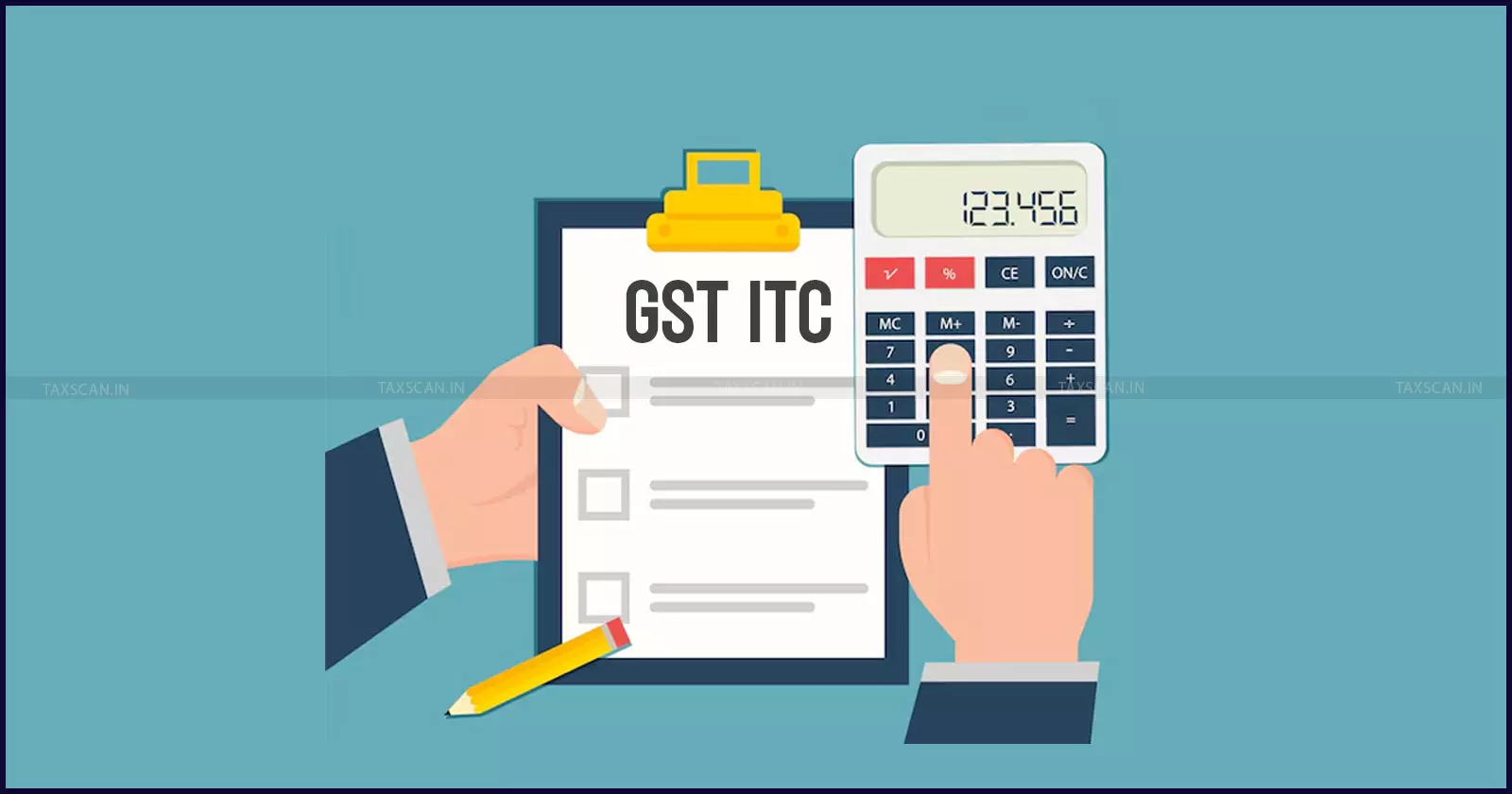Major Changes in GST ITC Reporting in Annual Return GSTR-9: CBIC notifies CGST (Third Amendment) Rules, 2025
CBIC Notifies Major Changes in GST ITC Reporting in GSTR-9 under Third Amendment Rules, 2025

The Central Board of Indirect Taxes and Customs (CBIC) has notified the Central Goods and Services Tax (Third Amendment) Rules, 2025, vide Notification No. 13/2025-Central Tax dated 17 September 2025. The amendments, effective from 22 September 2025, introduce major revisions in the reporting of Input Tax Credit (ITC) in the Goods and Services Tax (GST) Annual Return Form GSTR-9.
Your Ultimate Guide to India’s Latest Income Tax Laws - Click here
Key ITC Reporting Changes in GSTR-9
- The most significant reforms relate to ITC disclosures in Part III of GSTR-9. New fields have been inserted to distinguish between ITC relating to the current financial year and ITC carried forward from the previous year.New K1 and K2 Fields: Taxpayers must now report ITC of the previous year consumed in the current year under Rules 37 and 37A in “K1,” while “K2” will capture net ITC for the financial year after adjusting for such carry forward credits.
- Revised Table 7 – ITC Reversals: Table 7 has been restructured to include separate reporting of reversals under Rule 37A (linked to timely payment to suppliers) and Rule 38 (for banking and financial institutions). This ensures granular monitoring of reversals on account of compliance conditions.
- Auto-Populated Data: Table 8 will now auto-populate certain ITC figures from GSTR-2B, including ITC on imports and amendments, thereby minimizing manual intervention and aligning annual return disclosures with system-generated data.
- Deferred ITC Reporting: New provisions mandate disclosure of ITC pertaining to invoices or imports of one year that are actually availed in the subsequent financial year, with a clear cut-off date of 30th November of the following year.
- Refined Reconciliation in Table 9: The format of Table 9 has been revised to provide reconciliation of tax payable and tax paid through cash and ITC utilization, capturing differences in liability discharge.
- Tables 10–14 Reorganized: Adjustments relating to amendments, reversals, and ITC claims in the subsequent year must now be clearly declared. This is expected to strengthen audit trails and support departmental scrutiny.
Effective Dates and Compliance Impact
While most provisions come into force from 22 September 2025, certain changes have staggered applicability, such as Rule 39 amendments effective 1 April 2025 and refund-related restrictions on arecanut, pan masala and tobacco under Rule 91 effective 1 October 2025.
The overhaul is expected to enhance system-based validations between GSTR-3B, GSTR-2B, and GSTR-9, reducing discrepancies.
However, businesses may face increased compliance complexity, particularly in reconciling carry forward and deferred ITC, necessitating stronger internal controls and robust GST accounting systems and timely updation of GST Rates and other details in softwares and ensure adept staff training.
Support our journalism by subscribing to Taxscan premium. Follow us on Telegram for quick updates


